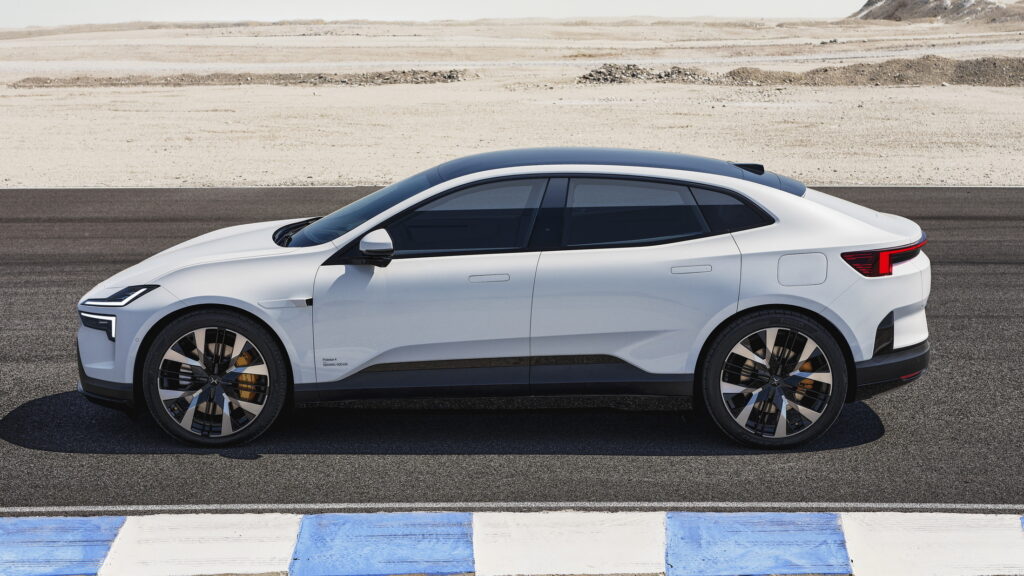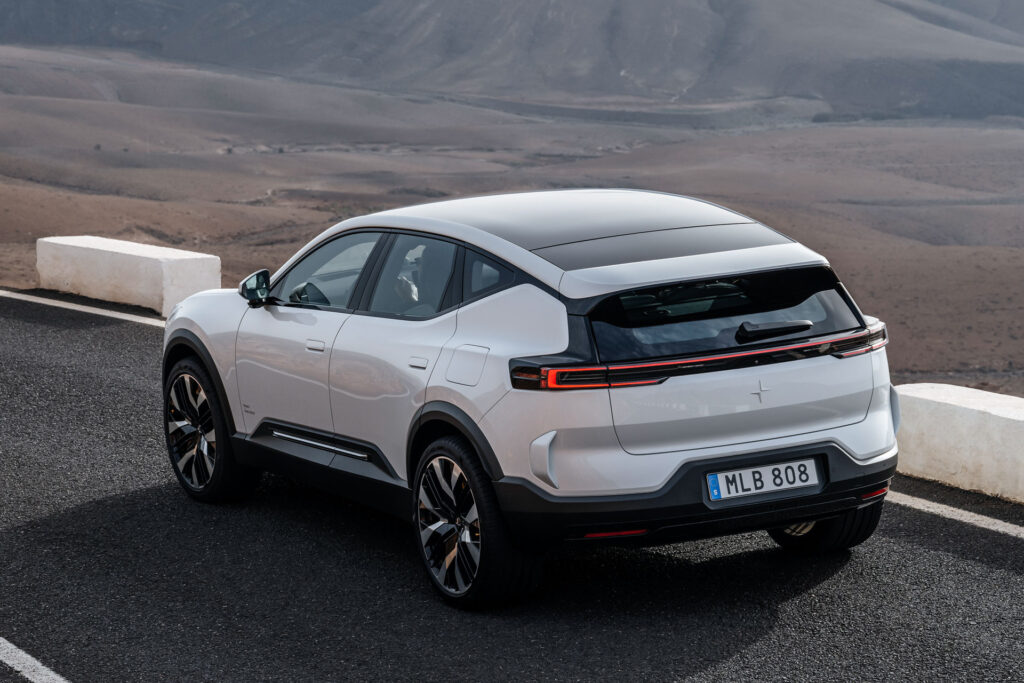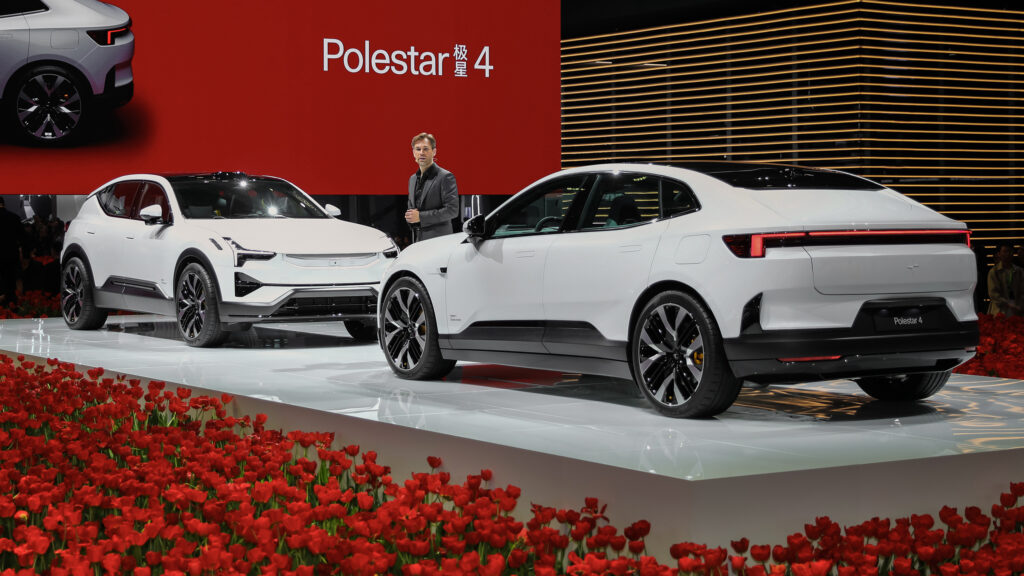- The European Commission appears increasingly likely to hit Chinese-made EVs with tariffs.
- Most of Polestar’s current vehicles are manufactured at its Chengdu and Taizhou factories.
- The carmaker will soon start building the Polestar 3 in South Carolina.
Polestar wants to build more electric vehicles outside China due to the threat of Chinese-made EVs being slapped with increased European tariffs. While Polestar was founded by Volvo and Geely, the Swedish maker recently relinquished its stake, meaning the EV maker is now primarily Chinese-owned.
The majority of Polestar vehicles sold worldwide are manufactured in Chengdu and Taizhou. However, its new factory in South Carolina will soon start to build the Polestar 3 for the U.S. and European markets and according to the firm’s boss Thomas Ingenlath, it may accelerate exportinh vehicles from this plant to the EU.
Read: Radical Polestar 7 EV Will Replace The 2 In 2027
When recently quizzed about the carmaker’s plans, Ingenlath said its production cost calculations are “complex”, noting that “we actually are in limbo there because we of course don’t know where the [EU] investigation is going.” As such, the firm has accelerated its push to establish a solid global manufacturing footprint.
In October, the European Commission began investigating Chinese-made EVs to see if they have benefited unfairly from state subsidies, helping them to significantly undercut Western competitors. While this probe won’t conclude until November, it appears increasingly likely that Chinese BEVs imported to Europe will be hit with tariffs.

Ingenlath has previously described 2024 as a “transitional year” and its sales are off to a slow start. In the first quarter of the year, it delivered roughly 7,200 vehicles worldwide, representing a 40% decline from the same period in 2023. Despite this, Polestar expects deliveries to accelerate through the rest of the year thanks to the arrival of the Polestar 3 and Polestar 4.
Speaking with Reuters, Ingenlath said the carmaker wants Europe to account for 40% of its sales, the U.S. a further 30% and the remaining 30% spread across the Asia-Pacific region.




